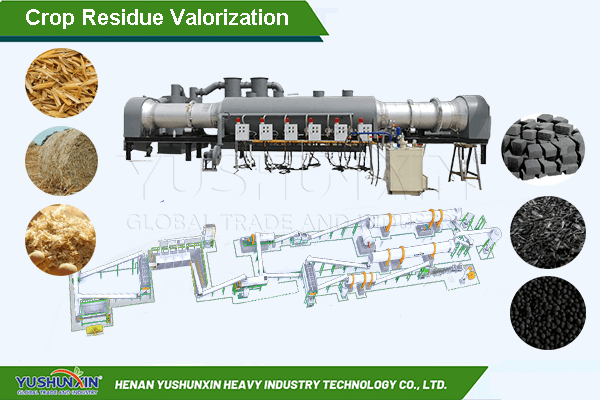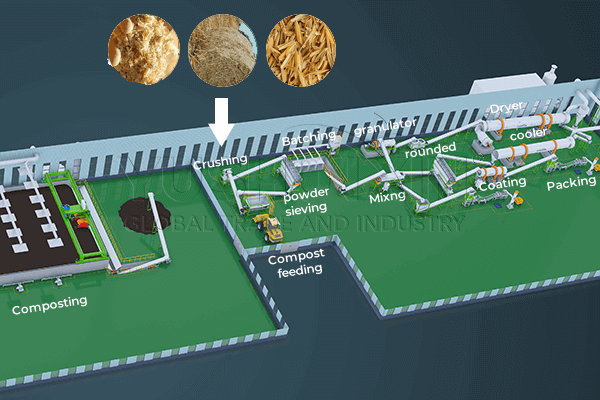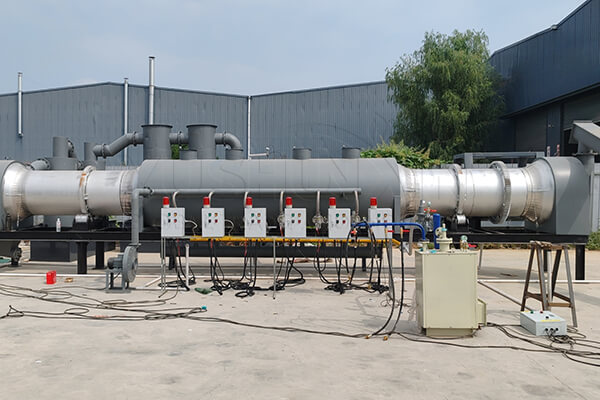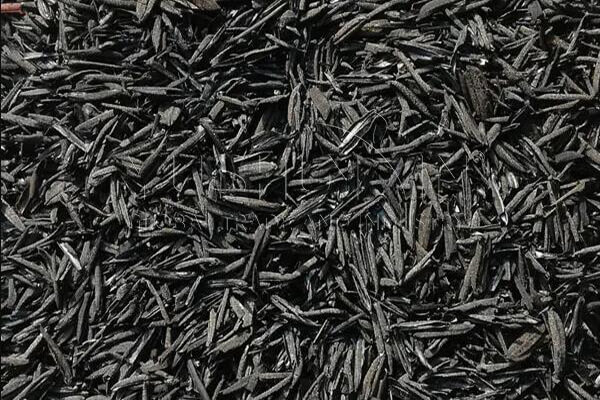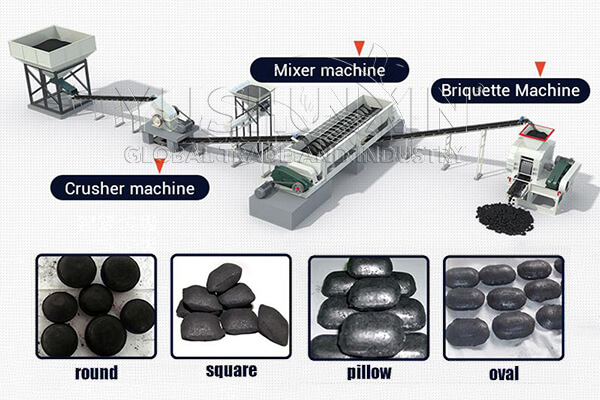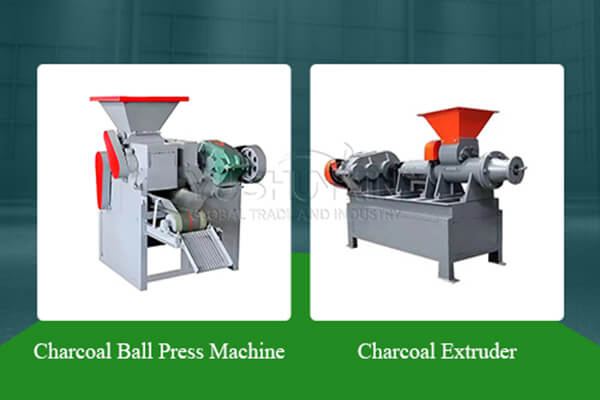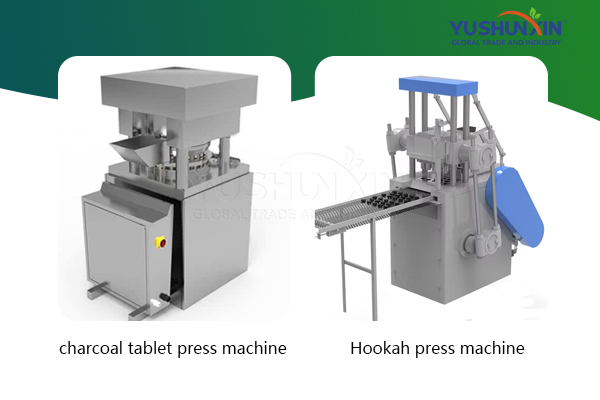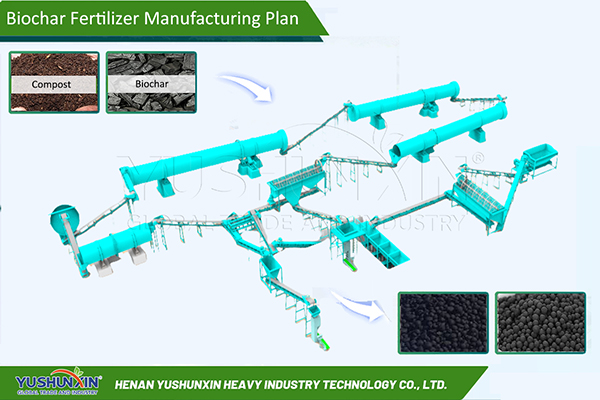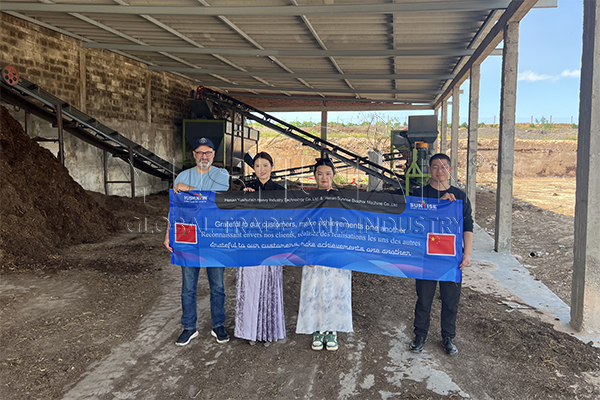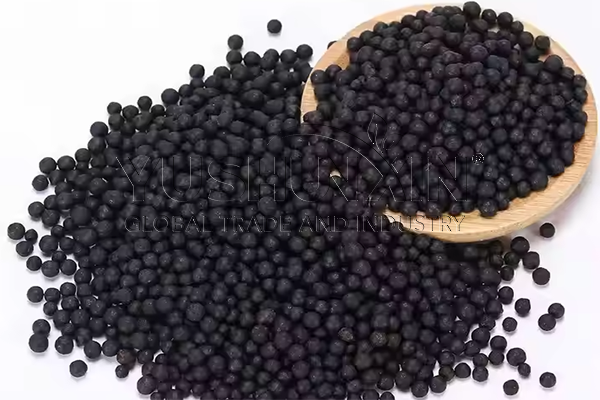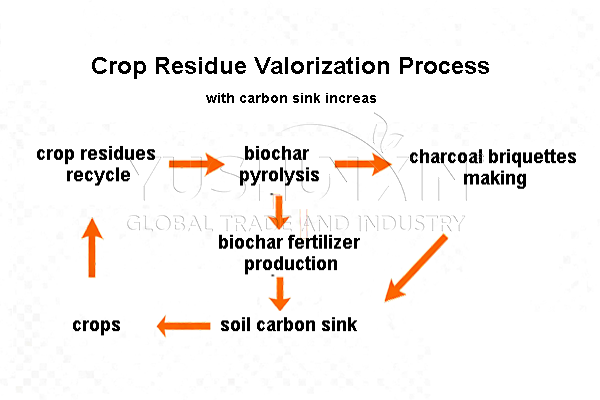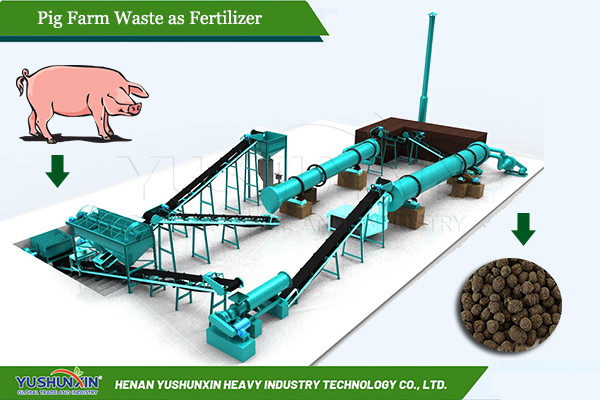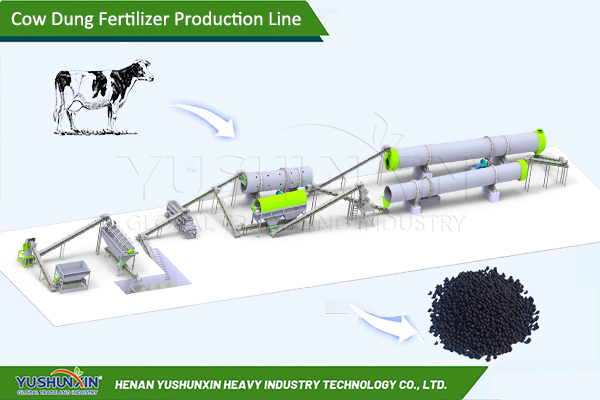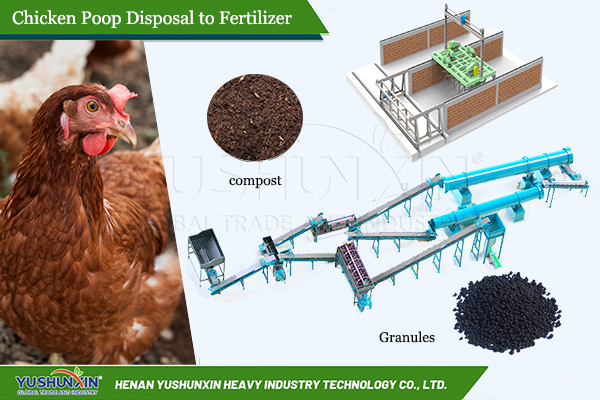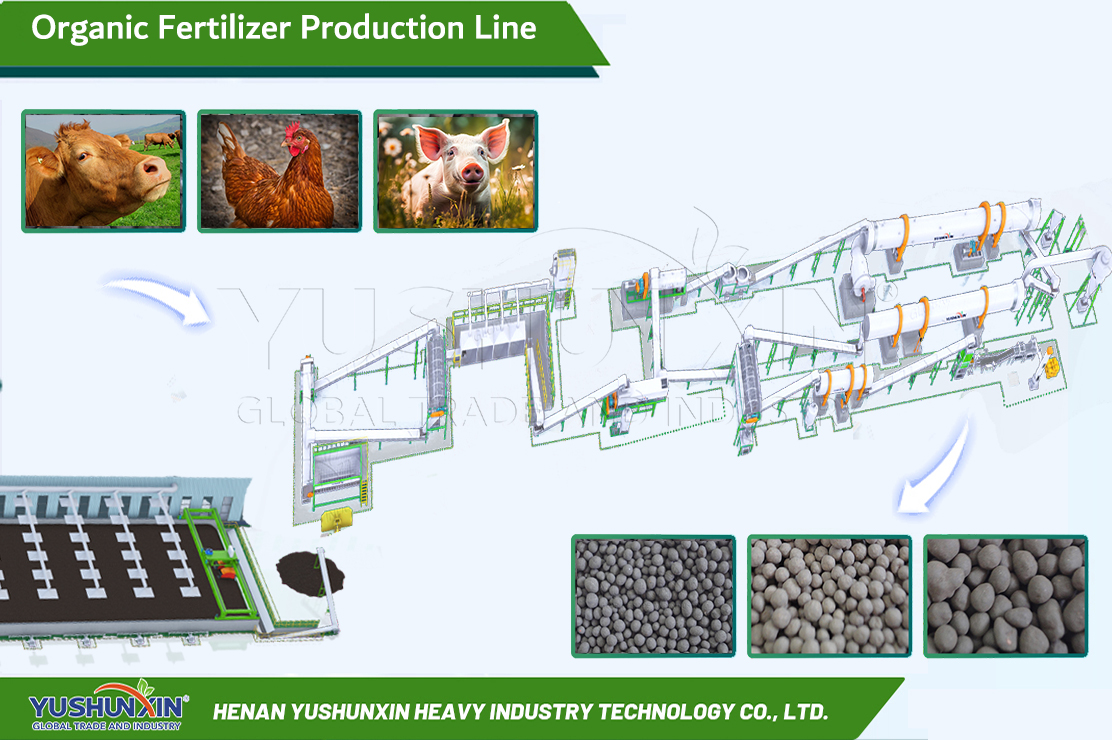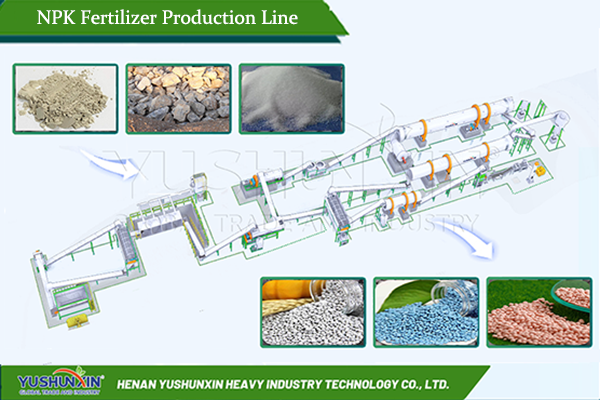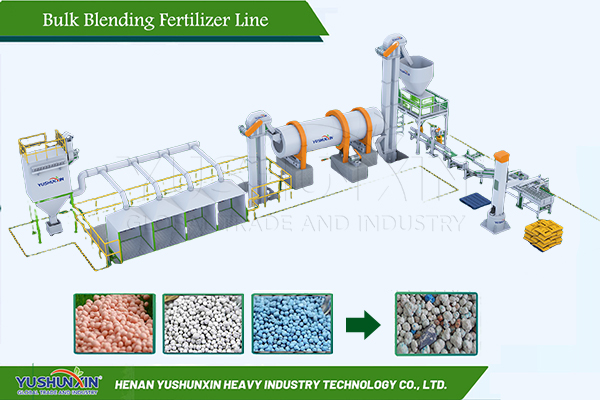In modern agriculture, crop residue management and valorization has become a key strategy to reduce waste, enhance soil fertility, and cut carbon emissions. Instead of burning or discarding crop residues such as straw, husks, or stalks, we can process the agricultural waste into organic fertilizer, pyrolysis biochar or char-based fertilizer, etc. These practices not only improve farm income but also play a major role in carbon sink increasing and sustainable carbon cycle building.
Top 2 crop residue management and valorization technologies
In general, for crop residues valorization, there are 2 methods commonly employed:
Mixing with compost for fertilizer production directly
One of simplest and direct practice of crop residue valorization is mixing it with compost to produce organic fertilizers. Crushing into powder and combining with animal manure or green waste. After aerobic decomposition, the mixture will convert into harmless compost fertilizer. This is beneficial for not only nutrient enriching and fast organic fertilizer composting. Then, you can choose to turn compost into commerical organic fertilizer of powder or granular according your needs.
Crop residue pyrolysis for biochar making
Another effective solution is crop residue pyrolysis. It is a thermochemical process that converts the agricultural residues into biochar under low-oxygen conditions. The produced biochar is a stable carbon material, which is useful in various industries. Including fertilizer production, charcoal fuel making, etc. Moreover, pyrolysis generates renewable gases and oils that can be reused as clean energy sources. Many farms and agro-industries now adopt professional biochar pyrolysis machines to recycle crop residues efficiently.
Can we process crop residue biochar into higher-value products?
Absolutely. As mentioned above, after get biochar from crop residue pyrolysis, you can further process biochar profitable products. Such as charcoal briquette making directly or char-based fertilizer manufacturing.
Is crop residue management and valorization beneficial for carbon sink increasing?
Moreover, for those who want to start a project of carbon sink and carbon neutrality, the above methods are also excellent options.
Besides, there are also many other solutions for organic waste management and valorization. Such as, manure waste disposal, mineral waste fertilizer production line, etc. Welcome to contact YUSHUNXIN and get them immediately.

